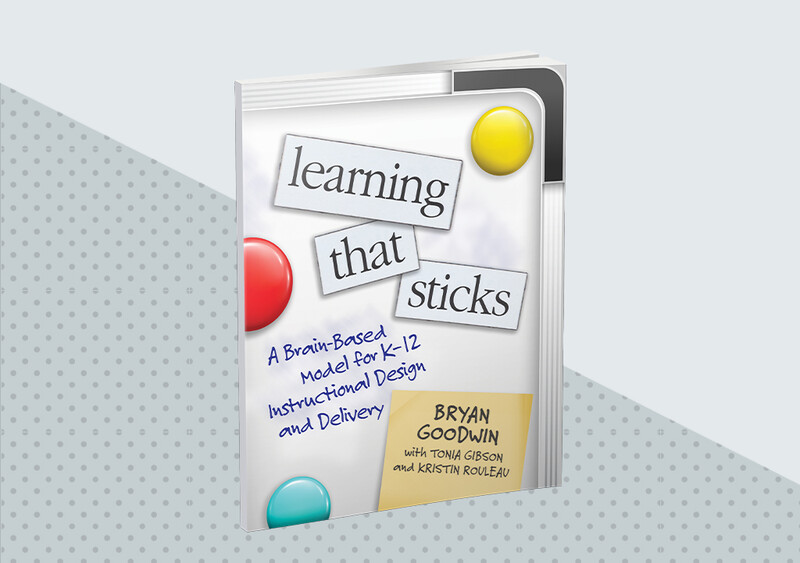If you’re of a certain age, you no doubt recall the early days of the Internet with a nostalgic smirk—the cheery announcements of “You’ve got mail!” and the tidy arrangement of the entire worldwide web into a dozen or so “channels.” These conventions, as silly as they seem now, helped us make sense of the brave new world of the Internet, mimicking ways of doing things that were familiar, such as the postal service and cable TV.
In many ways, online teacher professional development has experienced a similar evolution. Early iterations often simply transferred in-person workshops into digital formats—taking what seemingly worked in person and putting it online. Not surprisingly, completion rates were sometimes abysmally low (Carey et al., 2008), and seemed to suggest that online PD was an inferior alternative.
But that wasn’t the end of the story. As we abandoned those outdated models for the Internet, we were we able to recognize its full potential—and a growing body of research suggests the same is true for online PD. In fact, in many ways online PD can be as effective, if not more effective, than traditional in-person PD, especially when it enhances what we’ve long known to be crucial elements of effective professional learning.
Self-Paced, Goal-Oriented Learning
A key benefit of online PD is that it can be less time-consuming than in-person workshops. For example, a study that compared the effects of a self-paced online PD program for science teachers with a traditional, six-day, in-person program found equally positive effects on teacher practices and student outcomes for both—yet online participants spent considerably less time (20 vs. 48 hours), on average, engaged in professional learning than in-person participants (Fishman et al., 2013). Presumably, the self-paced and on-demand nature of the online course served to accelerate and concentrate time-on-task learning for teachers.
Speed should not be the only, or even primary, goal of online PD, of course. One way to ensure online PD remains both expedient and effective is to encourage participants to set and share learning goals. For example, six months after engaging in a 14-week online PD course, teachers reported having changed their practices “to a great extent” thanks to setting initial goals for learning and sharing progress toward those goals during weekly peer discussions (Edinger, 2017).
Communities of Practice
Just as with in-person professional learning, online PD also should be nested within a community of practice. While it might be tempting to construct online PD as independent learning (watching videos, reading passages, etc.), it should include a social component as well, helping people to feel like they’re part of a learning community.
A review of 73 empirical studies of online PD programs (Lay et al., 2020) noted that embedding independent learning within communities of practice (groups of teachers who engaged in dialogue and peer-coaching around their professional learning) was essential in helping teachers engage in shared meaning making, co-construction of knowledge, and peer-to-peer coaching. A study of online PD for rural special education teachers, in fact, noted that creating a virtual community of practice was a key contributor to the success of the program as it gave geographically and professionally isolated teachers something traditional PD could not—a network of colleagues with whom to share challenges and turn to for support in applying best practices (Erickson, Noonan, & McCall, 2012).
Job-Embedded Learning
It’s also worth noting that the most effective online PD programs are not “quick hits” or one-shot courses, but rather intensive and extended professional learning experiences. To wit: one of the best researched examples of online teacher professional development looked at four randomized control trials of the federally funded e-Learning for Educators (EfE) Initiative, which provided teachers in 10 states with ongoing, facilitated, and asynchronous online PD. The study found positive effects on teacher behaviors and student achievement (O’Dwyer et al., 2010).
These effects emerged, though, only after 100-plus hours of professional learning delivered over an entire school year, with a sustained focus on practical application of best practices. As it turns out, the asynchronous nature of the online courses also gave teachers something that often becomes too expensive and time-intensive to deliver through in-person sessions—ongoing, job-embedded professional learning in digestible chunks supported with a robust collection of tools, classroom videos, and materials for applying best practices.
Perhaps the most important recurring theme across studies of effective online PD is the presence of coaching and mentoring (Lay et al., 2020). Here again, digital systems can deliver timely, cost-effective, and ongoing coaching and mentoring for teachers. A digital format can help expert coaches be everywhere at once, visiting teachers’ classrooms virtually and engaging in regular, online (synchronous and asynchronous) conversations with them.
Building from the Ground Up
Simply transferring traditional in-person PD into digital formats can result in the “worst of both worlds”—one-shot perfunctory training with few opportunities for ongoing collaboration or application. Effective online professional learning instead “flips” PD to support teachers with self-paced, practical professional learning that remains nested within interactive communities of practice and supported with ongoing coaching and collegial conversations.
As one researcher concluded, creating such online experiences requires building PD from the “ground up” (Elliott, 2017, p. 122), starting with a deep understanding of adult learning and effective instructional design. When delivered well, online PD creates learning experiences that guide teachers through multiple phases of learning, including developing a deep understanding of content, applying it in their classrooms, and reflecting on progress and next steps with peers and coaches. It then enhances each of those phases with digital supports.
In short, design should precede digitization, not the other way around. Only then can online PD avoid reflecting outdated models of professional learning and maximize the power of digital formats to deliver efficient and effective experiences.
Learning That Sticks
Bryan Goodwin's definitive guide to student learning.

